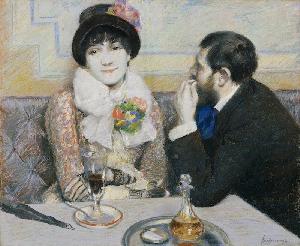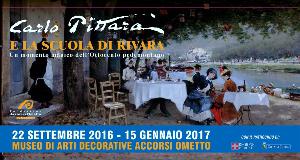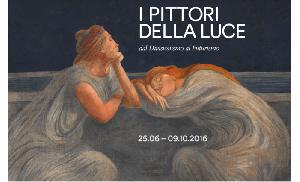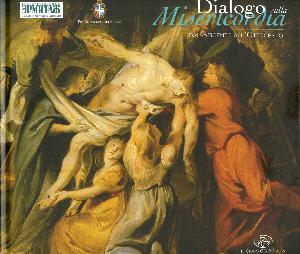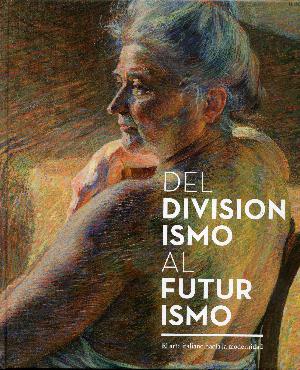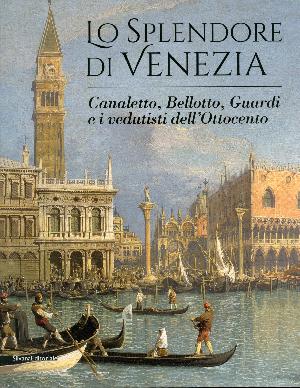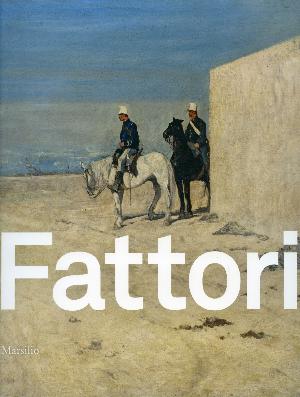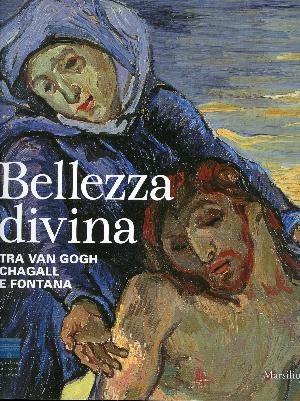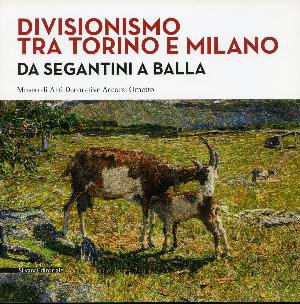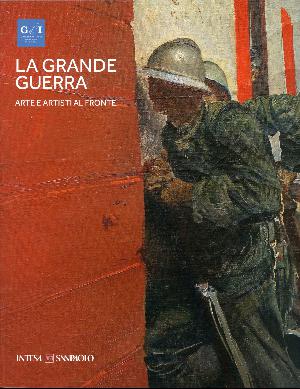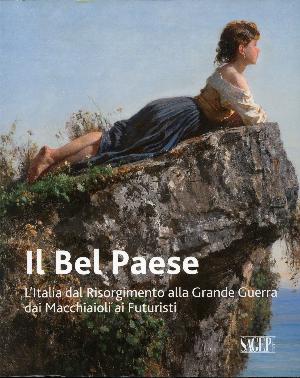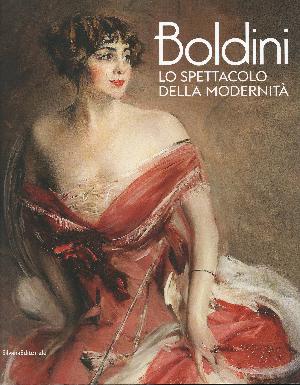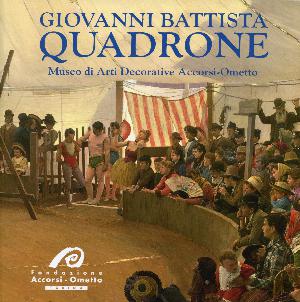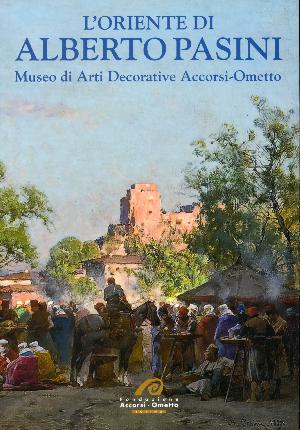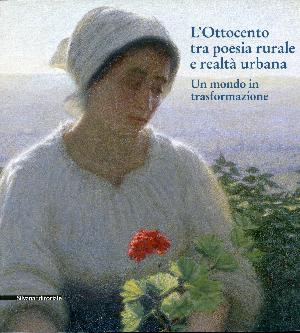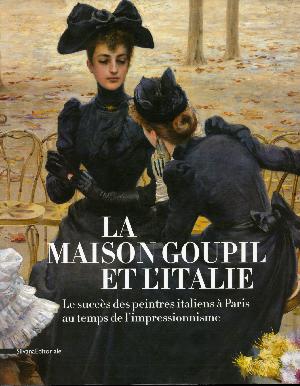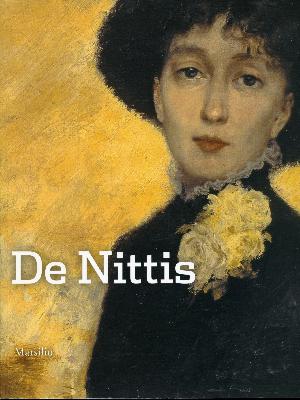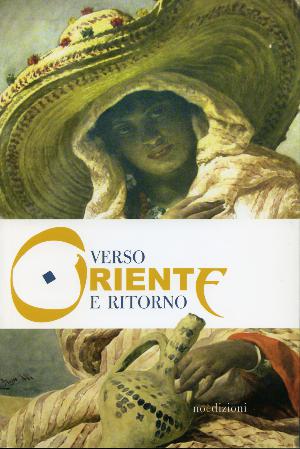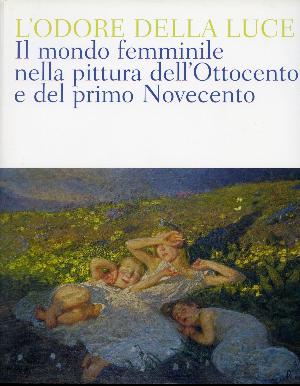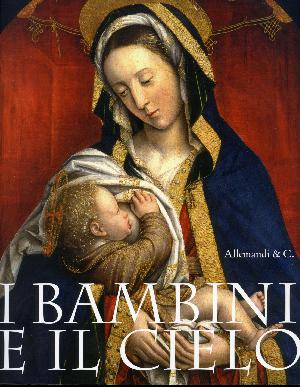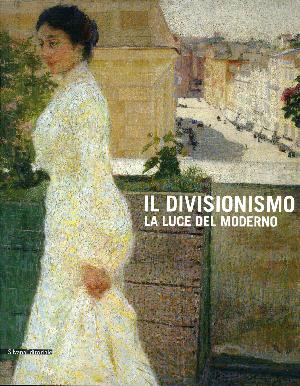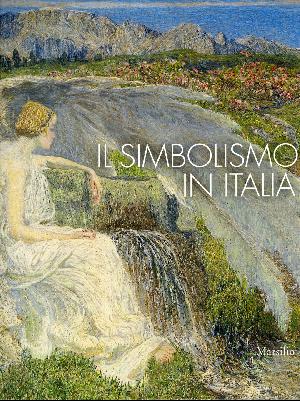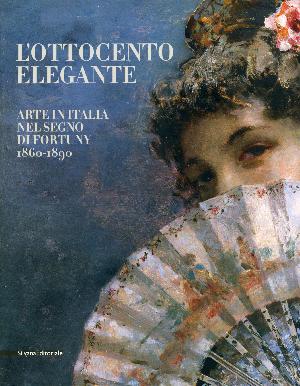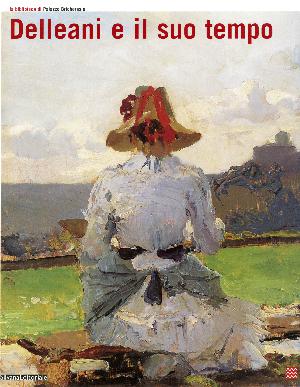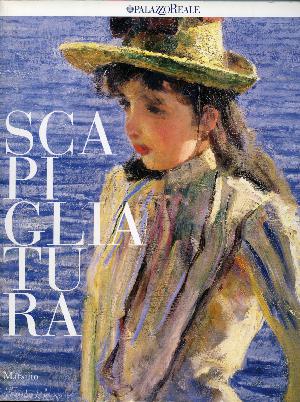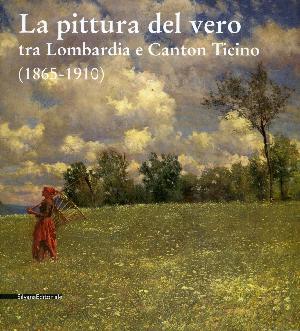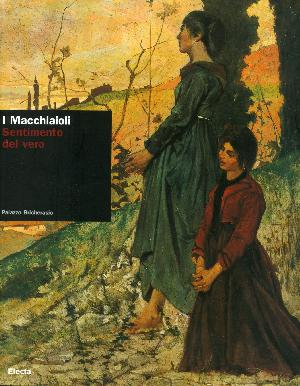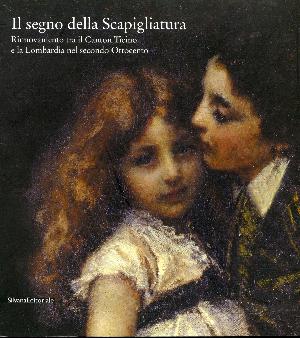Collaborations
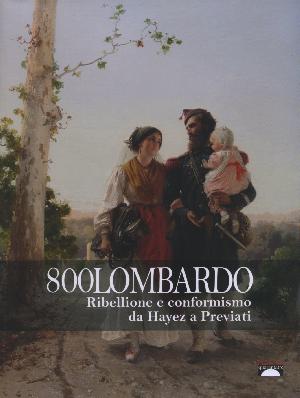
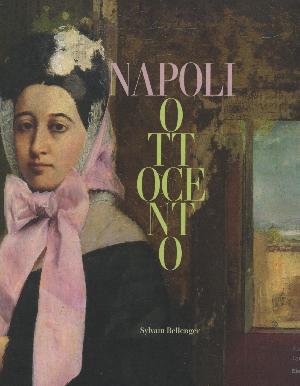
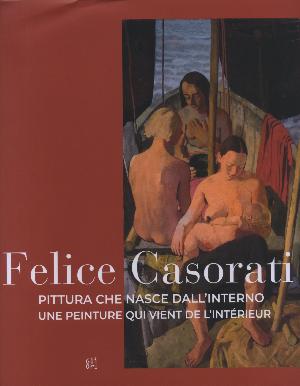
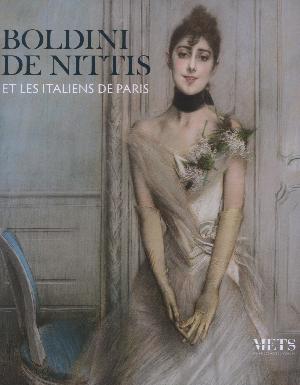
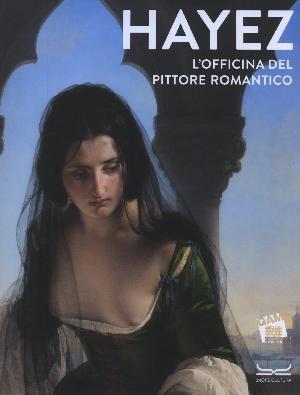
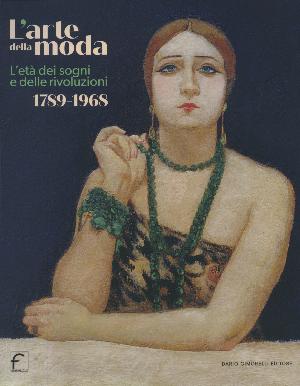
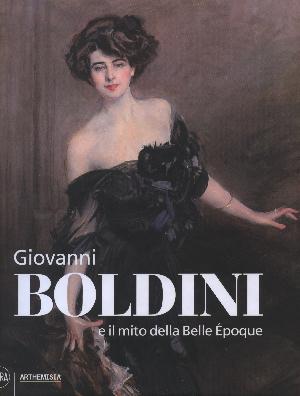
GIOVANNI BOLDINI AND THE MYTH OF THE BELLE EPOQUE
The Belle Époque, salons, noblewomen and fashion: it is the overwhelming world of Giovanni Boldini, a genius of painting who more than any other has been able to restore the rarefied atmospheres of an extraordinary era. Literature and fashion, music and luxury, art and bistro mingle in the sensual rhythm of the can-can and produce an extraordinary social and civil rebirth. From 26 November 2022 to 10 April 2023 Giovanni Boldini, one of the most loved Italian artists of all time, will be celebrated with a major exhibition at Palazzo Mazzetti in Asti. After the successes of the Chagall exhibitions. Color and magic, Monet and the impressionists in Normandy, the Macchiaioli. The adventure of modern art, the collaboration between Fondazione Asti Musei and Arthemisia continues to attract crowds of visitors to Asti. The new project, curated by Tiziano Panconi, is dedicated to the undisputed genius of Boldini. 80 magnificent works – including Blond Lady in Evening Dress (c. 1889), Lady in Pink (1916), Reclining Bust of a Young Man (c. 1912) and The Voile Blouse (c. 1906) – are the protagonists of a chronological and thematic narration at the same time. The exhibition presents a rich selection of works that best expresses Boldini's manner, his ability to uniquely enhance female beauty and reveal the most intimate and mysterious soul of the noble protagonists of the time. An exhibition that emphasizes the artist's ability to psychoanalyze her subjects, her "divines", making them pose for hours, for days, sitting in front of her easel, talking to them without getting tired of asking the most inconvenient questions , until you understand them deeply and thus grasp their spirit, scrutinizing their soul. Being portrayed by Boldini meant taking off the clothes of the aristocratic pride with which every great lady worthy of her coat of arms was lavishly endowed. It was necessary to play the game and accept its provocations, responding in kind to the premeditated insolences but, finally, giving in, even if only mentally, by bringing down the ideological wall of arrogance, beyond which deep fragilities were hidden. Venue of the exhibition: Palazzo Mazzetti, Asti. Hours: Tuesday-Sunday 10:00-19:00 (last admission at 18). Monday closed
INFO:
www.museidiasti.com
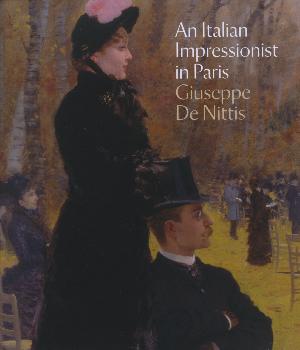
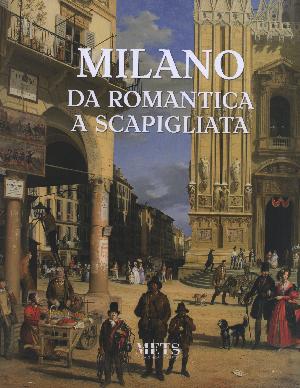
MILAN. FROM ROMANTIC TO SCAPIGLIATA
Through about seventy masterpieces performed by the major protagonists of nineteenth-century figurative culture active in Milan, the exhibition that the Municipality of Novara, Fondazione Castello and Mets Percorsi d'Arte are proposing for autumn 2022 aims to illustrate the changes that have taken place in the Milanese city between the second tens and the 1880s. Turbulent decades in which Milan saw the fall of the Napoleonic Kingdom of Italy, the establishment of the Lombardo-Veneto Kingdom and the second Austrian domination, the first popular revolts and the wars of independence which in 1859 would lead to liberation. The transformations that already in the Teresian era had begun to significantly modify its monumental and urban aspect had continued without interruption during the years of the Cisalpine Republic, the Kingdom of Italy, the Restoration and the Risorgimento and had made Milan a modern city , beautiful, crossroads of people, of cultures, of art. An elegant city that would continue to renew itself even in the post-unification decades, think of the demolition of the Coperto dei Figini in Piazza Duomo (1864), the construction of the Galleria Vittorio Emanuele and the creation of the Piazza del Teatro, in 1865 baptized Piazza della Scala, to the killing of the Rebecchino (1875). A culturally very lively city, frequented by foreign travelers and inhabited by a wealthy bourgeois class, but at the same time also a place where social differences gradually began to become more and more marked and in which a large part of the population lived in poverty. The exhibition itinerary will be divided into sections that will follow the layout of the rooms of the Castello Visconteo Sforzesco and will retrace the evolution of Lombard painting from Romanticism to Scapigliatura, a cultural phenomenon born in Milan in the sixties that involved poets, writers, musicians, artists united by a profound intolerance towards the conventions of bourgeois society and culture. Venue of the exhibition: Novara, Castello Visconteo Sforzesco, piazza Martiri della Libertà n. 3. Duration: from 22 October 2022 to 10 April 2023. Hours: Tuesday - Sunday 10.00 - 19.00
INFO:
www.metsarte.it
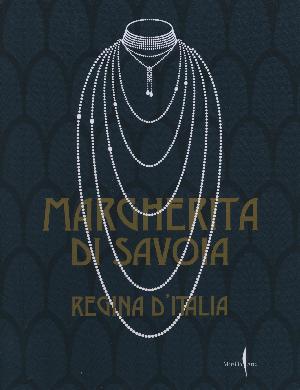
MARGHERITA OF SAVOY, QUEEN OF ITALY
Margherita di Savoia (Turin 1851 – Bordighera 1926) was the first queen of united Italy. Since her marriage to Prince Umberto, she was able to conquer the hearts of Italians and, with her popularity, she contributed to building the feeling of identity of the nation around the crown of Savoy. Queen from 1878 to 1900, she imposed her redundant taste in fashion, decoration, her love for music and the mountains reverberated in the life of the Italian aristocracy. She was testimonial of activities in support of women and promoted the development of professional schools, and charitable works. The myth of Margherita did not eclipse with the assassination of Umberto, on the contrary, she accompanied the nation into the 20th century. Daughter of a hero of the Risorgimento, the Duke of Savoy Genoa Ferdinando, and granddaughter of King Vittorio Emanuele II, Margherita married her cousin and heir to the throne, Umberto at the age of sixteen. In the years immediately following national unification, you became the protagonist in building a strong feeling of national identity around the monarchy. The exhibition illustrates the country's tumultuous passage between the 19th and 20th centuries through the trajectory of this figure who became a female icon of the House of Savoy: glamorous in the rich and excessive toilettes, maternal in taking an interest in the needs of the people and in supporting their education, trailblazer of a new lifestyle that relates to nature and the mountains. Furniture, paintings, photographs illustrate Margherita's private and public world. Venue of the exhibition: Palazzo Madama - Civic Museum of Ancient Art, Turin. Hours: Monday, Wednesday, Thursday, Friday, Saturday and Sunday from 10 to 18. Closed on Tuesday.
INFO:
www.palazzomadamatorino.it
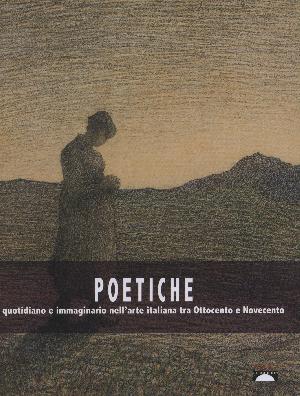
POETICS. EVERYDAY AND IMAGINARY IN ITALIAN ART BETWEEN THE 19TH AND 20TH CENTURIES
In Lecco, from 1 July to 20 November 2022, the Palazzo delle Paure and Villa Manzoni, home to the civic museums, host the exhibition Poetiche. Everyday and imaginary in Italian art between the nineteenth and twentieth centuries. The initiative is the first appointment of Percorsi nel Novecento, a program devised by the Management of the Lecco Urban Museum System and entrusted for its design and construction to ViDi Cultural which has proposed five exhibitions which, until November 2024, will investigate the Italian cultural scene in first six decades of the twentieth century. While starting from the analysis of pictorial languages, other artistic forms will also be explored, with an attentive eye to the historical and social situation of the time. The scheduled exhibitions, which will follow a chronological scan capable of linking the end of the nineteenth century to the sixties of the last century, are constructed with an educational and popular approach. poetic. Everyday and imaginary in Italian art between the 19th and 20th centuries, curated by Simona Bartolena, produced and created by ViDi – Visit Different, in collaboration with the Municipality of Lecco and the Lecco Urban Museum System, recounts a moment of transition in Italian art, between the two centuries, between social realism, Divisionism and Symbolism, through more than 90 works by authors who are as interested in the social question and the theme of everyday life, as in the symbolist imagery, such as Giovanni Segantini, Angelo Morbelli, Emilio Longoni , Giuseppe Pellizza da Volpedo Giovanni Sottocornola, Plinio Nomellini, Francesco Michetti, Antonio Mancini, Leonardo Bistolfi and other less celebrated, from important museums and public and private institutions, such as the Leonardo da Vinci National Science and Technology Museum in Milan which lends eleven works, two of which have been carefully restored for the occasion, the Borgogna Museum in Vercelli, the Wolfsoniana in Genoa a, the Palazzo Foresti Museum in Carpi, the Permanente Museum in Milan and the collections of Bper and Banca Popolare di Milano and from numerous private collections throughout Italy. Venue of the exhibition: Lecco, Palazzo delle Paure (piazza XX Settembre) and Villa Manzoni (via Don Guanella 1) Duration of the exhibition: 1 July – 20 November 2022 Hours: Monday closed, Tuesday 10.00 – 14.00; from Wednesday to Sunday 10.00 – 18.00
INFO:
www.clp1968.it
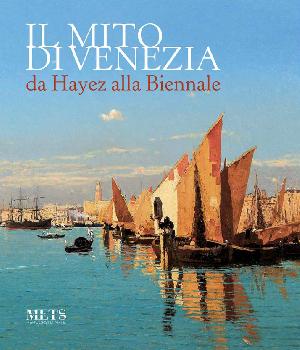
THE MYTH OF VENICE - FROM HAYEZ TO THE BIENNALE
The starting point of the exhibition itinerary are the works of some of the greatest masters who worked in the lagoon city during the first decades of the nineteenth century, significantly influencing the development of Venetian painting in the second half of the century with their teaching and their works. protagonist of the review. The first room is therefore dedicated to history painting, considered the noblest "genre" of painting, we find four important works by Francesco Hayez (1791-1882), including the splendid Venus joking with two doves (1830), Portrait di Gentildonna (1835) and the imposing priest Orlando da Parma sent by Henry IV of Germany and defended by Gregory VII against the just indignation of the Roman synod (1857); next to them are works by Ludovico Lipparini (1800-1856) and Michelangelo Grigoletti (1801-1870), important artists as well as key figures in the formation of important authors of the following generation, also present in the exhibition, such as Marino Pompeo Molmenti (1819 -1894) and Antonio Zona (1814-1892). The second room displays those authors, both Venetian and non-Venetian, who more than others have gradually contributed to the transformation of the veduta genre into that of the landscape: among these the great painter Ippolito Caffi (1809-1866) with two splendid Venetian views: Festa night in San Pietro di Castello (about 1841) and Venice Palazzo Ducale (1858), Giuseppe Canella (1788-1847), Federico Moja (1802-1885) and Domenico Bresolin (1813-1899), the latter among the very first to take an interest also of photography and already in 1854 indicated among the members of the Academy as "landscape painter and photographer". Holder of the landscape chair since 1864, Bresolin was the first to lead the young students to paint outdoors, in the lagoon as in the hinterland, so that they could study the effects of light and discuss the rendering of reality in a new and stimulating environment. different from what they were used to, moreover, codified by the great landscape painters of the past. Among them are Gugliemo Ciardi (1842-1917), Giacomo Favretto (1849-1887), Luigi Nono (1850-1918), Alessandro Milesi (1856-1945) and Ettore Tito (1859-1941), protagonists of the exhibition. Venue of the exhibition: Novara, Castello Visconteo Sforzesco, piazza Martiri della Libertà n. 3. Duration: from 30 October 2021 to 13 March 2022. Hours: Tuesday - Sunday 10.00 - 19.00
INFO:
www.metsarte.it
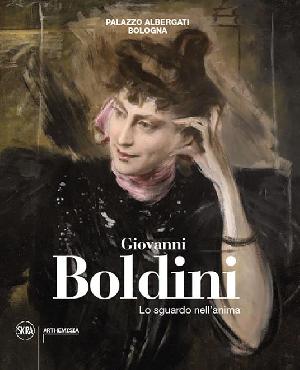
GIOVANNI BOLDINI - Lo sguardo nell'anima
At Palazzo Albergati in Bologna, from 29 October 2021 to 13 March 2022, an extraordinary exhibition dedicated to Giovanni Boldini, with over 90 works, on the occasion of the ninetieth anniversary of his death in Paris in 1931. Feminine charm, sumptuous clothes and rustling, the Belle Époque, the lounges: this is the overwhelming world of Giovanni Boldini, a genius of painting who more than any other was able to restore the rarefied atmospheres of an extraordinary era. The anthological exhibition Giovanni Boldini. The look into the soul, developed on a chronological and thematic narrative register at the same time, presents a rich selection of works that best expresses Boldini's way, his ability to exalt female beauty with uniqueness and reveal the most intimate and intimate soul. mysterious of the noble protagonists of the time. Here are famous works such as Mademoiselle De Nemidoff (1908), Portrait of the actress Alice Regnault (1884), Countess Beatrice Susanna Henriette van Van Bylandt (1903), Countess De Rasty lying down (1880 ca.), The voile blouse ( 1906 ca.). An exhibition that, however, does not stop with Boldini's international and creative experience but which, through some important works of comparison, also presents works by contemporary artists. Venue of the exhibition: Palazzo Albergati - Via Saragozza, 28 - Bologna. Dates: from Friday 29 October 2021 to Sunday 13 March 2022. Hours: every day from 10.00 to 20.00.
INFO:
www.palazzoalbergati.com
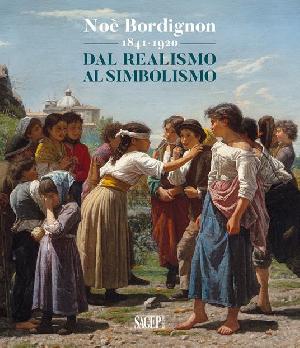
NOE 'BORDIGNON 1841 - 1920 - From Realism to Symbolism
The birthplace of Noè Bordignon Castelfranco Veneto and San Zenone degli Ezzelini, the favorite place where he retired permanently in the last years of his life, are the promoters of a due recognition, 100 years after his death, through a large monographic with over 60 works, developed chronologically and by themes in the two locations of the Casa Giorgione Museum and Villa Marini Rubelli from 18 September 2021 to 16 January 2022. An event curated by two of the greatest experts on the subject, Fernando Mazzocca and Elena Catra, which is a starting point in the enhancement of 'the work of this incomparable narrator of the reality of the Venetian territory of the time as well as his contemporaries such as Ciardi, Zandomeneghi and Milesi who will accompany him in the exhibition, thanks to new studies and researches as well as to a catalog that for the first time will show the register complete with the artist's paintings and frescoes. The son of a country tailor who was able to study at the Academy of Fine Arts in Venice only thanks to the support of the Municipality of Castelfranco and some private citizens, Bordignon was a unique artist for the context of the late nineteenth century, capable of reconciling genre painting sensitive to the most current experiments and to combine it with an intense fresco production that revealed his deep civic commitment and rootedness to the “timeless” tradition of sacred art. A century later, the journey to discover Noah Bordignon starts from Castelfranco Veneto, where the first two thematic sections "The artistic training and the Roman retirement" and "The painting of life" unfold in the headquarters of the Casa Giorgione Museum. insights into the everyday life of the time, popular scenes, paintings with a familiar vocabulary, humble interiors, but also “funny” representations with a realist character. Venues of the exhibition: Casa Giorgione Museum Piazza S. Liberale, Castelfranco Veneto - Villa Marini Rubelli - Via T. Rubelli 2, San Zenone degli Ezzelini. DATES: 18 September 2021 - 16 January 2022. OPENING HOURS: Tuesday and Wednesday: 10.00 - 13.00 - Thursday, Friday, Saturday and Sunday: 10.00 - 18.00 Monday closed.
INFO:
www.mostrabordignon.it
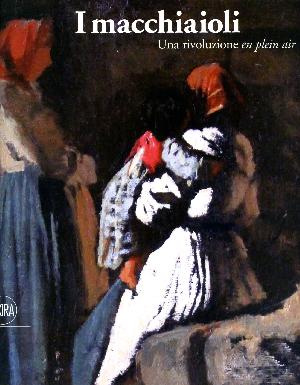
The Macchiaioli - A revolution en plein air
Eighty masterpieces of the artistic movement that revolutionized the history of Italian painting in the 19th century are on display. The 2021 season of art exhibitions at the Forte di Bard opens with an important exhibition dedicated to the Macchiaioli, an artistic movement active above all in Tuscany that revolutionized the history of 19th-century Italian painting. From 24 February to 27 June 2021, the Valle d'Aosta cultural center hosts the exhibition I Macchiaioli. A revolution en plein air. Curated by Simona Bartolena, produced and created by ViDi - Visit Different in collaboration with the Forte di Bard, the exhibition presents 80 works by authors able to analyze the evolution of this movement, fundamental for the birth of modern Italian painting. In the second half of the 19th century, Florence was one of the most active cultural capitals in Europe, a point of reference for many intellectuals from all over Italy. At the Caffè Michelangelo, a group of young artists gathered together by the spirit of rebellion against the academic system and by the desire to paint the sense of truth. Thus were born the Macchiaioli, whose name, used for the first time in a derogatory sense by critics, was subsequently adopted by the group itself as it perfectly embodied the philosophy of their works. The exhibition itinerary inside the Cannoniere del Forte di Bard, starts with the works of Serafino de Tivoli, forerunner of the Macchiaioli revolution, which will be confronted with the first experiments of the Macchiaioli, to reach the more mature expressions of the Macchia with Silvestro Lega, Telemaco Signorini, Vincenzo Cabianca, Raffaello Sernesi, Odoardo Borrani and Cristiano Banti, who definitively move away from traditional Italian landscape painting but also from the lesson of the French Barbizon school, particularly inclined to linger in formally refined trends linked to romanticism, to choose a dryer and more severe approach, capturing immediate impressions from life. There is no shortage of paintings of historical interest, with soldiers by Giovanni Fattori, nor those signed by the protagonists of the group after the sixties, when the Macchiaioli research lost the harshness of the first tests and acquired a more relaxed style, open to the more calm naturalist trend that was spreading in Europe. The exhibition closes with a reflection on the legacy of Macchia's painting. Location of the exhibition: Forte di Bard. Valle d'Aosta. Duration: 24 February – 27 June 2021 Hours: Tuesday-Friday 10.00 / 18.00 - Saturday, Sunday and holidays 10.00 / 19.00 - Monday closed
INFO:
www.fortedibard.it
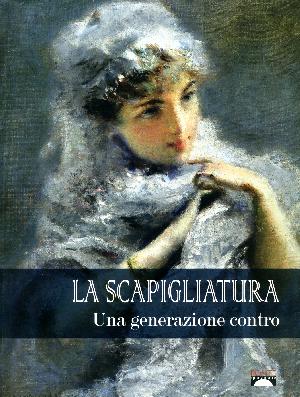
THE SCAPIGLIATURA - A generation against
After the forced closure, due to the restrictions on the containment of the Coronavirus infection, from Wednesday 10 February, the exhibition LA SCAPIGLIATURA reopens to the public. A generation against, staged at Palazzo delle Paure in Lecco. The exhibition, curated by Simona Bartolena, produced and created by ViDi – Visit Different, in collaboration with the Municipality of Lecco and the Lecco Museum System, presents 80 works, including paintings and sculptures from public museums and private collections, by its major exponents , such as Tranquillo Cremona, Daniele Ranzoni, Giuseppe Grandi and their followers, to explore the many aspects of a new literary trend that was born to express itself also in other disciplines. The itinerary that develops inside the halls of the building on the Lecco lakefront, divided into sections that investigate the different moments and the different personalities that characterized the Scapigliatura, offers a moment of reflection on the origins of the pictorial movement, with works by Giovanni Carnovali known as il Piccio, by Federico Faruffini and the other "fathers" of the new style, and a gloss dedicated to the important legacy of the Scapigliata experience, which paved the way for the search for future pointillists, such as, for example, Giuseppe Pellizza da Volpedo and Giovanni Segantini . The exhibition offers an all-round story of the Scapigliatura that starts from the visual arts and arrives at other forms of expression, in a complex and evocative game of cross-references, in a close dialogue, in which the macabre and dark themes of literature accompany, sometimes in sensitive contrast, the light and flowery tones of the painting and the thematic realism of the sculpture, leading the visitors into the tormented and unstable climate of a movement, born and raised between Milan and Turin but with international attitudes. Exhibition duration: From 10 February 2021 to 02 May 2021 Venue: Lecco, Palazzo delle Paure, Piazza XX Settembre Hours: Wednesday 14-18; Thursday and Friday 10 -13 / 14-18
INFO:
https://www.vidicultural.com
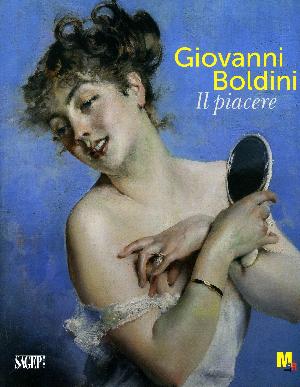
GIOVANNI BOLDINI - Pleasure
The worldly cafes, the dizzying clothes, the elegance of the bourgeoisie, the vaporous romanticism of the salons told by the most famous portrait painter of the time: Giovanni Boldini. The new major exhibition at the Rovereto museum is dedicated to him. 170 works from public and private collections, many of which belong to the patrimony of the Boldini Museum in Ferrara, closed to the public after the 2012 earthquake. Among the most virtuous and prolific painters of his time, Boldini captures the essence of a dazzling environment, of which he is one of the most important protagonists. From Ferrara to Paris, via Florence and London, the Italian master studied Raphael, frequented the Macchiaioli and the Caffè Michelangelo in Florence, met Courbet, Manet, Degas and, settling permanently in Paris, established himself as one of the most sought-after artists. Thanks also to a marked initiative and remarkable interpersonal skills, Boldini becomes the painter of society portraits. His paintings end up describing and at the same time defining the style, trends and aesthetics of the Ville Lumière, the undisputed European capital. In the exhibition, the activity of the Italian painter is reconstructed in its entirety through a rich chronological itinerary, which leaves room for the deepening of some themes and relationships that have marked his long and fruitful career. In particular, the relationships with the poet Gabriele d'Annunzio are analysed, through figures of common inspiring muses such as the "Divine Marchesa" Luisa Casati, cultured and transgressive, interpreter par excellence of the elegance and eccentricity of the Belle Époque. To facilitate the visitor's immersion in Boldino's atmospheres, the visit itinerary is accompanied by a site-specific soundtrack created for the Mart by the pianist and composer Cesare Picco and the violinist Luca Giardini. The staging is curated by Contemplazioni. Duration of the exhibition: 18 January 2021 - 29 August 2021 Headquarters: MART, Corso Bettini 43, 38068 Rovereto (TN) Hours: Tue-Sun 10-18 - Fri 10-21 Infoline: 800 397760
INFO:
http://www.mart.trento.it/boldini
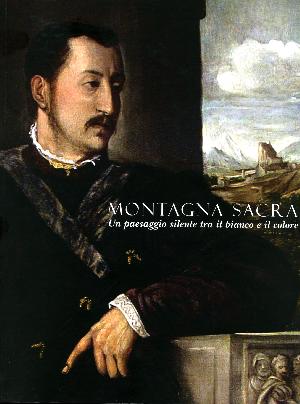
SACRED MOUNTAIN - A silent landscape between white and colour
Exhibition curated by Stefano Cecchetto and dedicated to the theme of the mountain in its representation; the landscape transforms into something else: a place of the soul full of hope and peace, far from the banal everyday life. A sequence of about forty works which, starting from four masterpieces of the Italian Renaissance (15th century - 16th century), signed by Raphael, Titian, Romanino and Padovanino, presents works by artists who have been able to best describe this feeling. A landscape seen, or glimpsed, through that extraordinary medium which is painting. “… The mountain as a symbol, a viaticum towards other dimensions, the supreme border between the visible and the beyond, an insurmountable wall in front of which all our uncertainty is affirmed… in that atmosphere of silence and detachment that it marks…” Duration of the exhibition: from 05 December 2020 to 05 April 2021. Location: Regole d'Ampezzo Museum, Via Mons. P. Frenademez 1, Cortina d'Ampezzo. Hours: Monday to Friday 10.30-12.30 / 15.30-19.30
INFO:
https://musei.regole.it
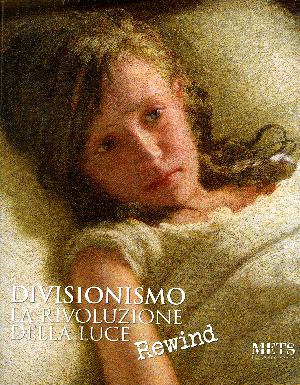
DIVISIONISM - THE REVOLUTION OF LIGHT - Rewind
The great Divisionism The Revolution of Light exhibition, opened on 23 November 2019 and closed early due to the provisions of the regulations issued for the containment of the Covid-19 virus, will be rearranged in the magnificent rooms of the Castello Visconteo Sforzesco in Novara and reopened to the public from 24 October 2020 to 24 January 2021 in the "Rewind" formula. Promoted and organized by the Municipality of Novara, by the Castello Visconteo Foundation and by the METS Art Paths Association, in collaboration with the ATL of the province of Novara, with the patronage of the European Commission and the Province of Novara, with the support of Banco BPM (Main Sponsor), Regione Piemonte, Fondazione CRT and Esseco s.r.l., is curated by the well-known scholar Annie-Paule Quinsac, one of the first art historians to have dedicated herself to Divisionism at the end of the Sixties, an expert in particular on Giovanni Segantini – a figure who dominated European art from the 1990s to the First World War – by Carlo Fornara and Vittore Grubicy de Dragon, artists to whom he dedicated fundamental publications and exhibitions. Thanks to the willingness of the lenders, 61 of the 67 works present in the first exhibition have been confirmed, coming from prestigious museums, public institutions and private collections. The missing ones, already destined for other exhibitions or impossible to handle a second time, have been replaced with equally important works by Giovanni Segantini, Giuseppe Pellizza da Volpedo and Angelo Morbelli, selected according to their relevance to the scientific path in order to maintain the rigor of the original plant. For the occasion, an ad hoc publication was created with the critical, bibliographic and exhibition profiles of the new works on display. Venue of the exhibition: Novara, Castello Visconteo Sforzesco, piazza Martiri della Libertà n. 3 Duration: From 24 October 2020 to 24 January 2021 Hours: Tuesday - Sunday 10.00 - 19.00 (the ticket office closes at 18.00) Extraordinary openings: Monday 7 December as well as public holidays on Sunday 1 November, Tuesday 8 and Saturday 26 December, Friday 1 and Friday 22 January Closed: Thursday 24, Friday 25 and Thursday 31 December.
INFO:
www.mostradivisionismo.com
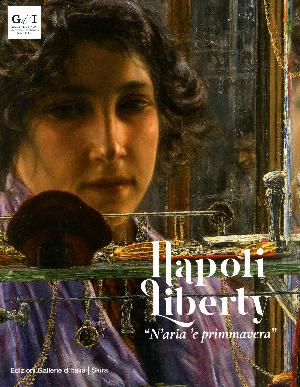
Napoli Liberty - N'aria 'e primmavera
The temporary exhibitions return to the Gallerie d'Italia after the lockdown: it starts again from Palazzo Zevallos Stigliano, in Naples, with the Napoli Liberty exhibition. "N'aria 'e primmavera" conceived and curated by Luisa Martorelli and Fernando Mazzocca. A new cultural project dedicated to the Liberty movement which, although ranging in different fields - from architecture to the applied arts to sculpture and painting - remains recognizable everywhere in the desire to free itself from the past and in a strong ideal tension. Indeed, as the architect Alfredo Melani wrote in his article The new art and the so-called Liberty style: Arte Nuova wants free consciences and artists who think and are warmed by the flame of beauty [...] Arte Nuova is poetic and contrasts with the prose of the old art, a reworking of ancient things. In short, a real breath of fresh air - it must be said: "n'aria 'e primavera"! – which blew throughout Italy between the end of the 19th century and the beginning of the 20th century, profoundly changing the face of the cities and the taste of a young country that had conquered its unity for only 30 years. Naples too was affected by these changes: here Liberty taste and art led to a propulsive development in both the figurative and industrial arts - let's think of the restructuring of the central courtyard of Palazzo Zevallos Stigliano based on a project by Luigi Platania, a splendid testimony of the Floral in the Neapolitan city – and the rise of young artists who, in the wake of the secessionist movements of the end of the century, gave rise to the first avant-garde exhibitions. In particular, the presence of the artist Felice Casorati was fundamental: despite a stay in the city lasting just three years, here the painter created at least 38 paintings - including some important and recently enhanced works - pervaded by a painful introspective dimension. Venue of the exhibition: Gallerie d'Italia - Palazzo Zevallos Stigliano, Via Toledo 185, Naples. Period: From 25 September 2020 to 24 January 2021. Hours: Tuesday to Friday from 10:00 to 19:00 (last entry at 18:30). Saturday and Sunday from 10:00 to 20:00 (last entry at 19:30). Closed on Mondays.
INFO:
https://www.gallerieditalia.com/it/napoli/mostra-napoli-liberty/
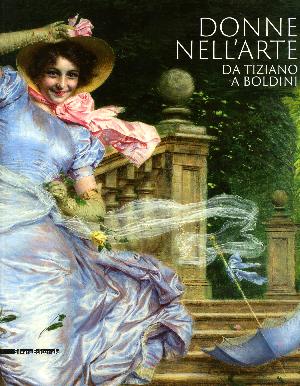
WOMEN IN ART - FROM TIZIANO TO BOLDINI
For four months, the halls of Palazzo Martinengo in Brescia are filled with elegant ladies, loving mothers, mythological heroines, seductive models and tireless commoners. The historic residence in the heart of the city hosts the exhibition WOMEN IN ART. From Titian to Boldini, which documents how much the female universe played a decisive role in the history of Italian art, over a period of four centuries, from the dawn of the Renaissance to the Baroque, up to the Belle Époque. The exhibition, curated by Davide Dotti, organized by the Friends of Palazzo Martinengo Association, with the patronage of the Province of Brescia, the Municipality of Brescia, the Province of Brescia Events Foundation and MOICA – Movimento Italiano Casalinghe, in partnership with the Marcegaglia Foundation onlus, presents over 90 masterpieces by artists such as Tiziano, Guercino, Pitocchetto, Appiani, Hayez, Corcos, Zandomeneghi and Boldini who, with their works, have been able to represent the personality, refinement, character, sensuality and the most subtle nuances of the hemisphere feminine, paying particular attention to fashion, hairstyles and accessories typical of every era and geographical context. Thanks to the collaboration with the Marcegaglia Onlus Foundation, it is possible to explore some of the topics of great social and media relevance through special panels in the room, such as the disparities between men and women, female work, domestic violence, social exclusion and the new forms of poverty. The works of art will therefore become formidable vehicles for sensitizing the public - especially the younger one - towards topics of great socio-cultural importance. Venue of the exhibition: Palazzo Martinengo, Via dei Musei 30, Brescia. Duration: from 18 January to 08 March 2020. TIMETABLES: Wednesday, Thursday and Friday, from 9:00 to 17:30; Saturday, Sunday and holidays, from 10:00 to 20:00; Monday and Tuesday closed.
INFO:
https://it-it.facebook.com/amicimartinengo/
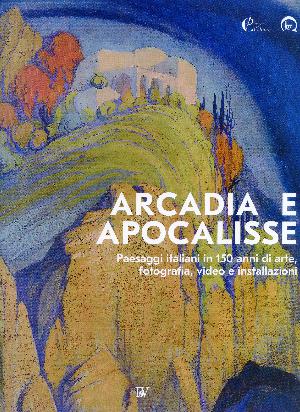
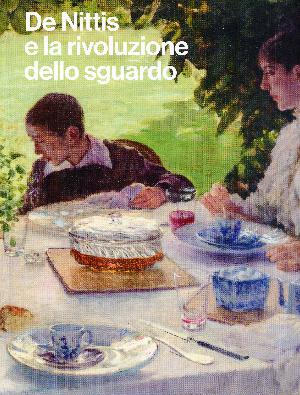
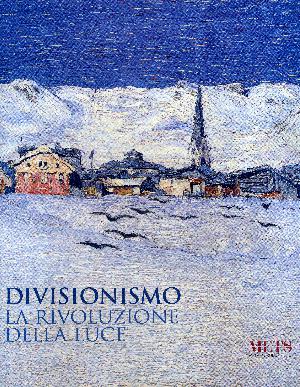
DIVISIONISM. THE REVOLUTION OF LIGHT
The great Divisionism exhibition The revolution of light which opens from 23 November to 5 April 2020 in Novara in the magnificent setting of the Castello Visconteo Sforzesco has the ambition of being the most important exhibition dedicated to Divisionism created in recent years, a movement rightly considered the first avant-garde in Italy. Due to its geographical position, forty-five kilometers from Monferrato, an essential iconographic source in the work of Angelo Morbelli, and just over a hundred from Giuseppe Pellizza's Volpedo, without forgetting Carlo Fornara's Vigezzo Valley, Novara is in fact the appropriate place to host this review, focused on Lombard-Piedmontese Divisionism: relations with the territory determined the choices and the overall cut. Divisionism was born in Milan, on the same premise as the French Neo-Impressionnisme - better known as Pointillisme -, without however that we can speak of direct influence. It moves from the idea that the study of optical treatises, which have revolutionized the concept of colour, should determine the technique of the modern painter. It developed in Northern Italy, thanks above all to the support of Vittore Grubicy de Dragon, an art dealer, critic, publicist and in turn a painter, who with his brother Alberto managed an art gallery in Milan starting in 1876. It was Vittore who spread among the painters of his stable the principle of replacing the chemical mixture of colors traditionally obtained on the palette, with a direct approach to the combination of complementary tones on the canvas. From a chemical datum, color becomes an optical phenomenon and at the right distance the viewer's eye can recompose the detached brushstrokes in a tonal synthesis, perceiving a greater luminosity in the painting. Soon Divisionism from Milan and Lombardy spread to Piedmont: the divided brushstroke was destined to become a privileged tool in translating a poetics of nature or focusing on social issues. Only Gaetano Previati, irreducibly antirealist from the outset, elaborates a symbolist vision that springs from myth, from a visionary interpretation of history or from Christian iconography, at the antipodes of that of Segantini always linked to the naturalist root of a panicky perception of the high quote. Organized into eight thematic sections, the exhibition consists of seventy works, all of great quality and beauty, from important museums and public institutions and from private collections. A scientific catalog accompanies the exhibition. The curator's essay is accompanied by biographical cards of the artists, with critical cards of the individual works entrusted to the specialists of reference and bibliographic and exhibition apparatus. Venue of the exhibition: Castello Visconteo Sforzesco, Novara. Hours: Tuesday – Sunday 10.00 – 19.00.
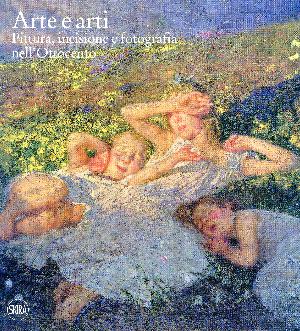
ART AND ARTS. Painting, engraving and photography in the 19th century
On January 7, 1839, the discovery of photography, thanks to Niépce and Daguerre, was officially presented at the Paris Academy of Sciences. For many decades, however, a prejudice hovered against the new technique: with art one creates, with photography one reproduces only mechanically. Paul Gauguin's phrase is well known: "The machines have entered, the art has gone out... I am far from thinking that photography can be useful to us". Instead, it will give rise to a new way of relating to reality and there will be many painters who will be able to make an original use of it. The intense exhibition “Art and arts. Painting, graphics and photography in the nineteenth century” – on display from 20 October 2019 to 2 February 2020 at the Giovanni Züst cantonal art gallery, in Rancate in the Canton of Ticino – retraces the stages of the emergence of this invention. But also of its relationship with other forms of "reproduction", known for centuries and linked to engraving. The exhibition therefore offers a close and stimulating comparison between photographs, paintings, engravings, drawings, books, allowing us to understand how the mid-nineteenth century was a real revolution in the way of seeing reality and of spreading knowledge and information from which we cannot it would be return. How much can a technical invention affect the way we look at the world? What happened to painting and sculpture when in the mid-nineteenth century photography came to upset the very concept of art, as it had been thought for centuries? What happened to the work of art "in the age of technical reproducibility", now reaching its extreme consequences, in a world in which we are overwhelmed by images? The exhibition explores examples offered by well-known Ticino and Italian painters. Luigi Rossi in the early twentieth century uses, for example, photography as an ideal complement to the sketchbook in the construction of the pose, as occurs in the paintings First rays and Rest. Just as Filippo Franzoni makes extensive use of the new technique in the construction of self-portraits and landscapes, Luigi Monteverde even begins his career as a photographer. Among the Italian artists, works by authors who have dealt with the relationship with the photographic medium since the 1860s will be proposed. Among these Filippo Carcano, who was accused by art critics of an "improper" use of photography due to the modern "shots" of his works; by Domenico Induno who in some works made the characters on his canvases dialogue directly with the photographs; of Federico Faruffini who abandoned painting to open a photographic studio in via Margutta in Rome; by Achille Tominetti, Uberto dell'Orto, Pellizza da Volpedo and Angelo Morbelli, authors who have used photography as an important means of investigation into reality in their production. Venue of the exhibition: Pinacoteca Zuest, Rancate (Mendrisio). Hours: From Tuesday to Friday: 9-12 / 14-18. Saturday, Sunday and holidays: 10-12 / 14-18.
INFO:
https://www4.ti.ch/decs/dcsu/pinacoteca-zuest/in-mostra/in-mostra/
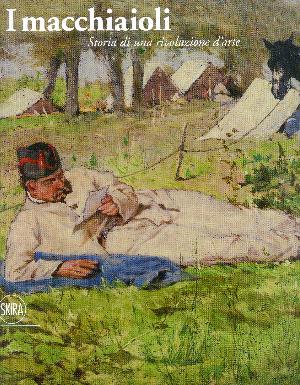
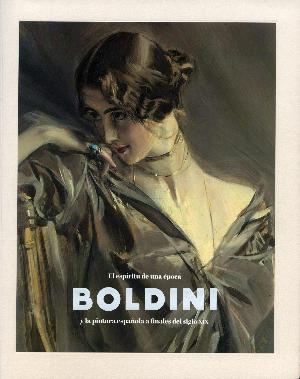
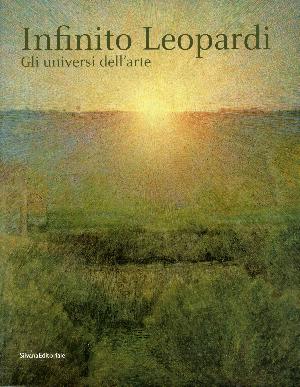
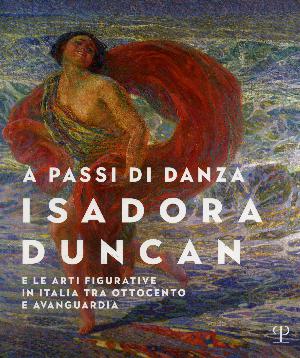
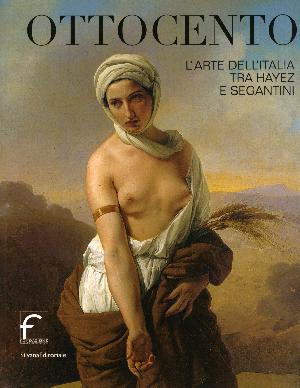
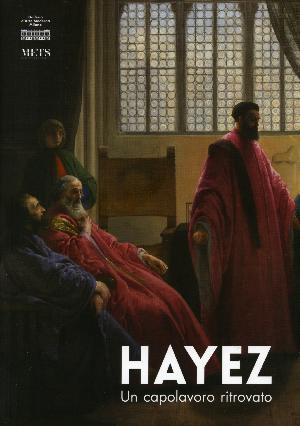
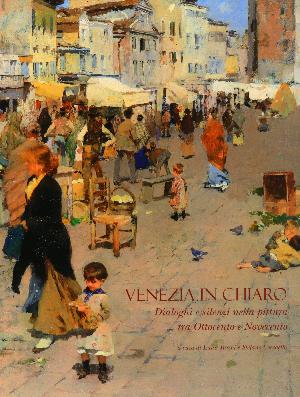
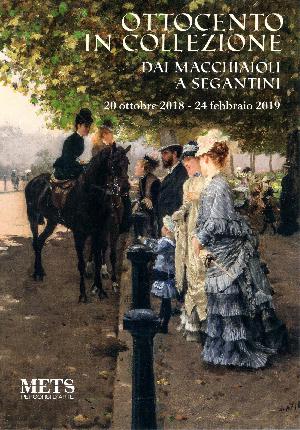
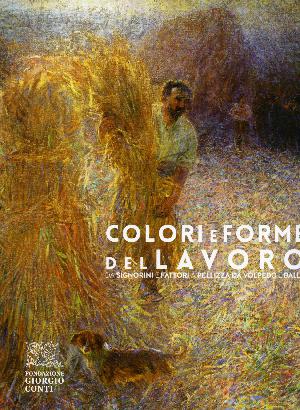
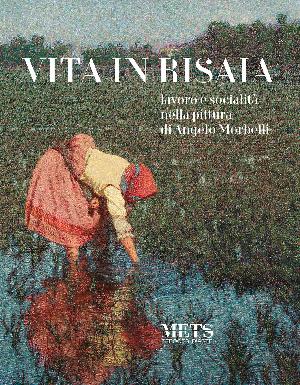
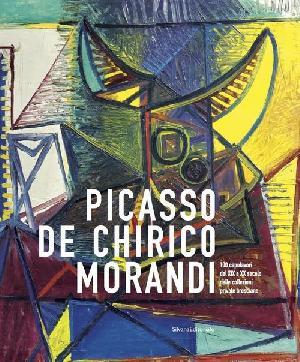
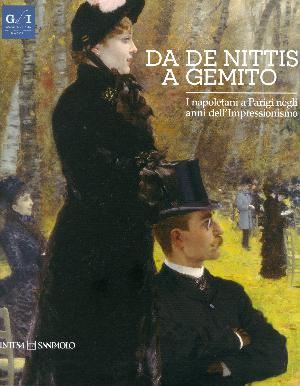
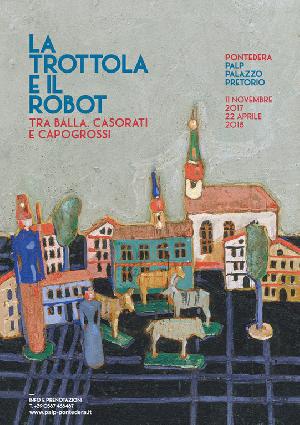
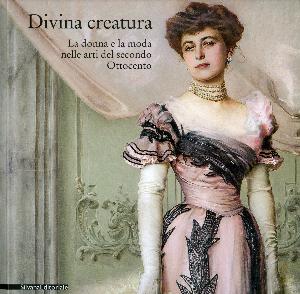
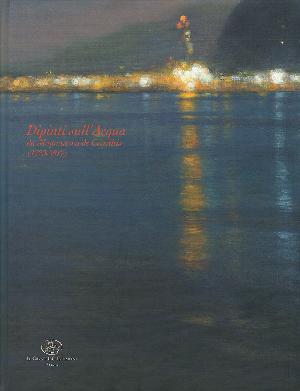
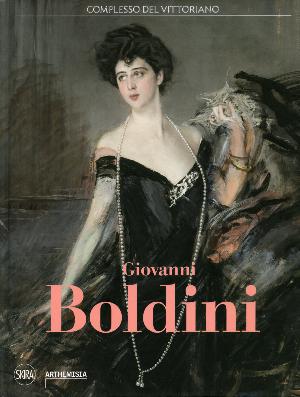
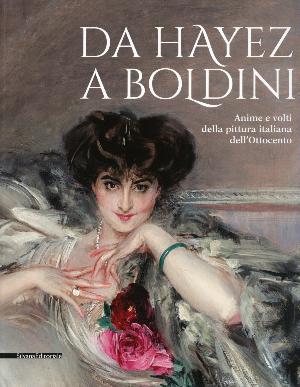
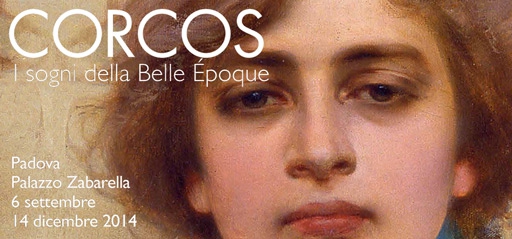
Padova - Corcos, Sogni della Belle époque
It was fate that this monographic exhibition on Corcos, the most complete ever made to the number and quality of the works presented, landed at Palazzo Zabarella, continuing the series of events dedicated to the great protagonists of the Italian: Hayez in 1998, Boldini in 2005, Signorini in 2009, De Nittis in 2013. Especially after the reconsideration of Boldini and De Nittis, the two great Italian in Paris, it was inevitable turn our attention to an equal level of the painter who, while not choosing as the other two to settle down forever in the French capital, but it remained for six long years, from 1880 to 1886, decisive for his education and his professional achievement, only to return to it periodically, making it forever the reference point. This special relationship and business trips to Edinburgh and Berlin confirms its international stature and an update that has made it one of the most important witnesses of the Belle Époque, that legendary season culture and customs which was to interpret the impulses, but also tension, of modernity and which ended with the outbreak of World War, which this year marks the centenary. Corcos was an incomparable interpreter of the society of his time devoted almost exclusively, although there are masterpieces in other genres such as landscape and scenes of life modern, the portrait of the century - think again De Nittis and Boldini, but also to Carolus-Duran, Fantin Latour, Whistler, Sargent, Sorolla, Zuloaga, Troubetzkoy - has shown an extraordinary vitality and originality. In a long and successful career, which began in 1880 whenone of his paintings was bought by King Umberto I and ended in 1931, when he stopped the haunting beauty of the youngPrincess Maria Jose - destined to become queen of Italy - Corcos has been able to decline the portrait with a surprising versatility that is in this exhibition aims to reveal how never happened before every aspect of his exceptional creative, absolute confirmation. As demonstrated by the works major and many previously unpublished emerged in the course of our research, he has been able to reinvent itself each time, changing subjects, setting, environments, thus making what was likely to be generally more conventional and conditioned by the needs Customer occasion instead of freedom and experimentation. This is certainly due to a technical skill surprising, but also on a solid cultural and formidable acquaintances, among the intelligentsia of the finest magazines period, such as "Fanfulla Sunday" or "Il Marzocco" and actors such as Carducci, Pascoli, D'Annunzio, Emilio Treves, the prince of the publishers. FEDERICO Bano - President of the Foundation Bano
INFO:
www.zabarella.it/mostre/corcos
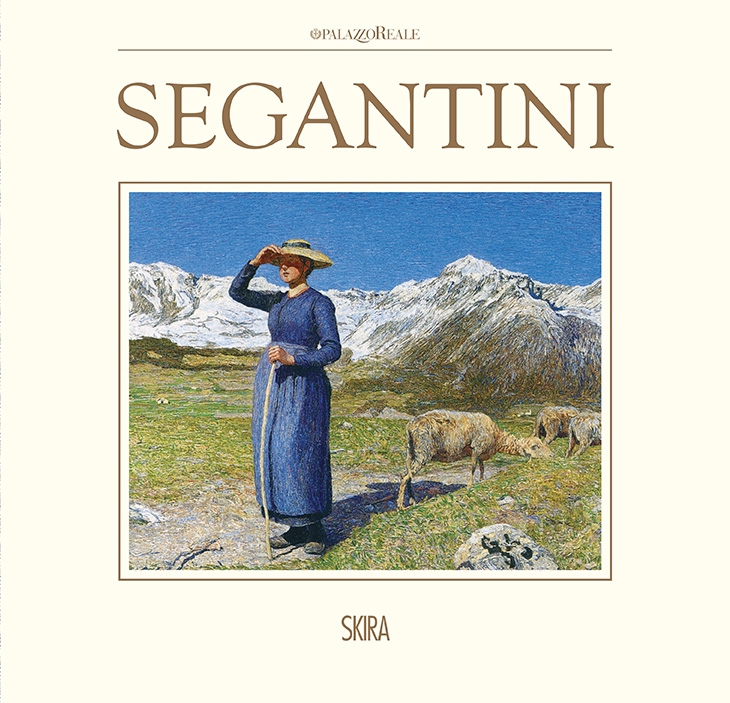
©2015 ENRICO Gallerie d'Arte - All Right Reserved - P.IVA 00985970094 | Privacy Policy | Cookie Policy | Site Map

